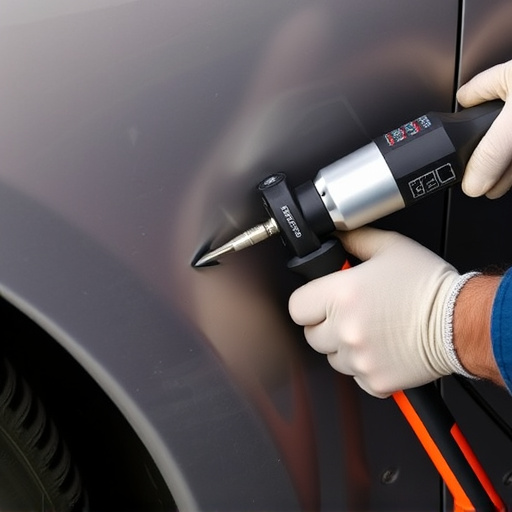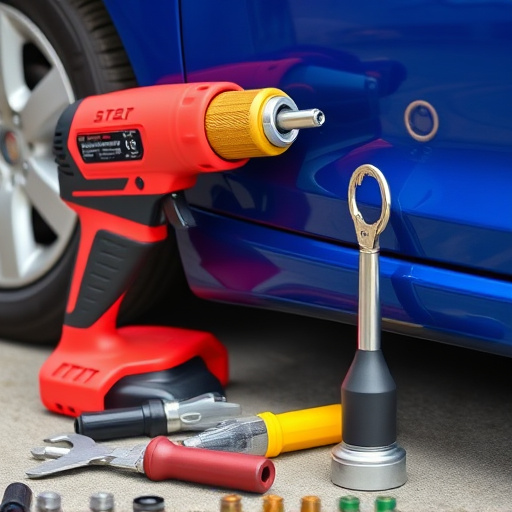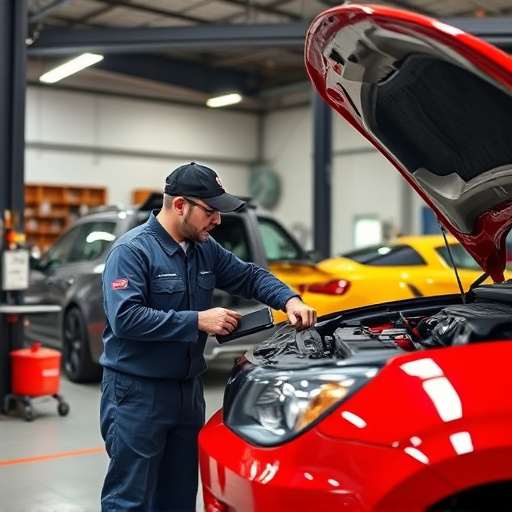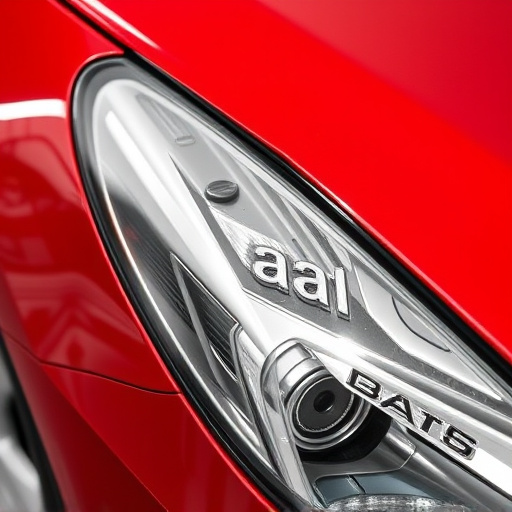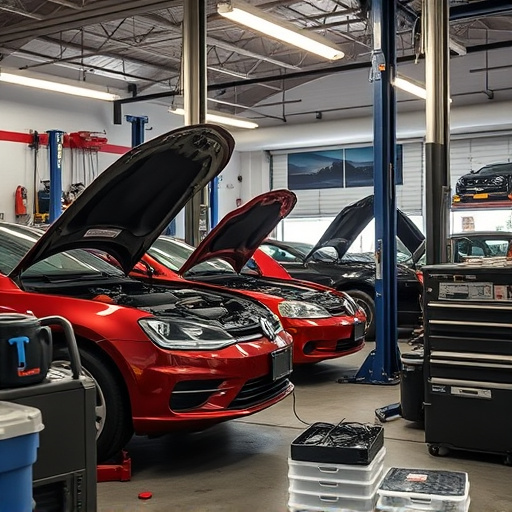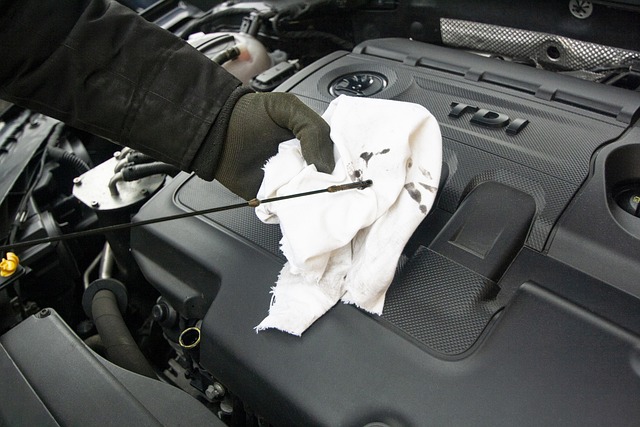A suspension repair collision involves a meticulous process starting with thorough assessments to identify damage to frames and suspension components, crucial for vehicle safety and handling. Advanced techniques like frame straightening ensure accurate repairs, important for fair insurance settlements. Luxury vehicle specialists demand utmost precision throughout the process. Prompt evaluation, efficient claim management, digital paperwork, and dent removal services streamline repairs, minimizing impacts for all stakeholders.
In the realm of insurance claims, suspension repair collisions represent a significant segment, with far-reaching implications. This article delves into the intricate details surrounding these incidents, providing a comprehensive guide for both insurers and policyholders. We explore the process of understanding and managing suspension repair claims, analyzing common causes of suspension damage, and offering strategic insights for efficient claim management. By navigating these aspects, individuals can make informed decisions, ensuring cost savings and streamlined recovery post-collision.
- Understanding Suspension Repair Claims: A Deep Dive into the Process
- Common Causes of Suspension Damage and Their Impact on Insurance Coverage
- Strategies for Efficient Claim Management and Cost Savings After a Suspension Repair Collision
Understanding Suspension Repair Claims: A Deep Dive into the Process
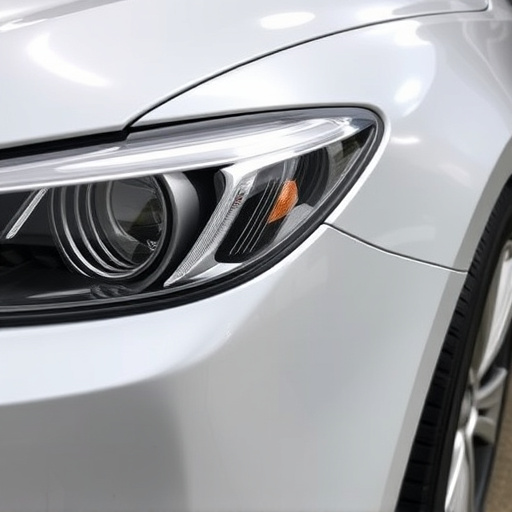
When a vehicle experiences a suspension repair collision, it involves more than just fixing visible dents; it’s a meticulous process that can significantly impact insurance claims. Understanding this intricate procedure is crucial for both policyholders and insurers. The initial step in a suspension repair collision is an extensive assessment to determine the extent of damage. This includes examining the frame, which might require advanced techniques like frame straightening to ensure structural integrity. Auto repair services specializing in suspension systems will then address issues such as broken springs, shocks, or control arms.
The complexity of luxury vehicle repair should not be underestimated during this phase. Each component must be carefully evaluated and replaced if necessary to restore the vehicle’s safety and handling capabilities. Proper alignment is also critical; incorrect adjustments can lead to long-term damage and costly repairs. This deep dive into suspension repair collision claims highlights the need for accurate assessments, specialized auto repair services, and meticulous attention to detail to ensure fair insurance settlements.
Common Causes of Suspension Damage and Their Impact on Insurance Coverage
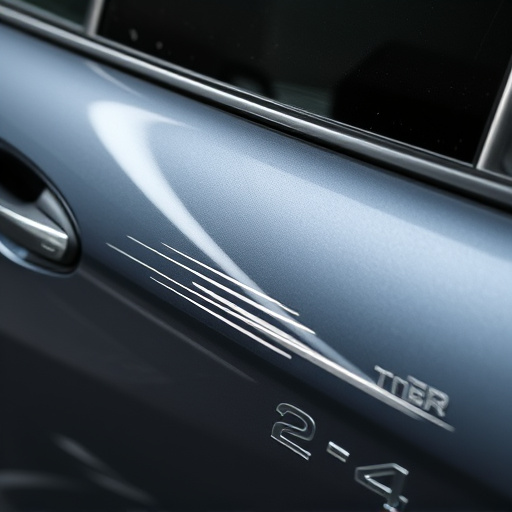
Suspension systems are a critical component of any vehicle, ensuring a smooth and safe ride. Common causes of suspension damage include road hazards such as potholes and uneven surfaces, which can lead to worn-out or broken parts. Additionally, accidents and collisions, whether minor or severe, often result in significant suspension repair needs. In the event of a collision, it’s crucial to understand how insurance coverage interacts with these repairs.
Various factors influence the impact on insurance claims, including the severity of the collision, pre-existing damage, and the specific policy terms. Many automotive restoration specialists emphasize that prompt evaluation and repair are essential for safety and insurance eligibility. Collision repair professionals skilled in suspension systems play a vital role in accurately assessing and addressing these issues, ensuring both roadworthiness and cost-effective solutions for policyholders.
Strategies for Efficient Claim Management and Cost Savings After a Suspension Repair Collision
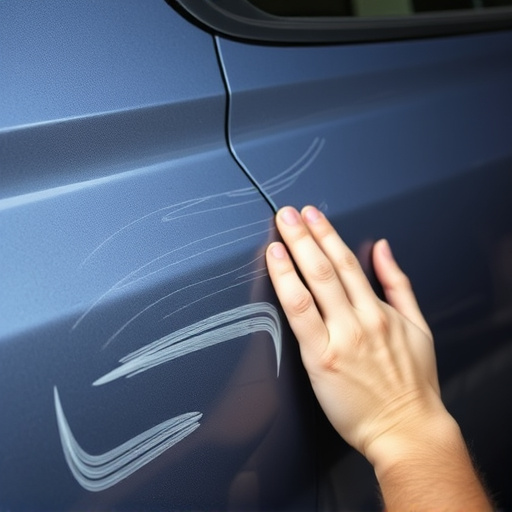
After a suspension repair collision, efficient claim management is key to minimizing financial and operational impact for both insurance providers and policyholders. The first step involves prompt assessment and documentation of the damage, ensuring all parties involved have accurate information for processing claims. This includes detailed reports from automotive repair shops, outlining the extent of the suspension repair required and its cost implications.
Effective communication between insurance companies, repairs facilities, and policyholders is crucial for streamlining the process. Utilizing digital platforms and specialized software for claim management can significantly enhance efficiency. By digitizing paperwork, tracking repairs, and facilitating seamless interactions, these tools reduce administrative burdens, limit human errors, and potentially lower overall claim costs. Additionally, offering dent removal services as part of the collision repair package can be a strategic move, not only accelerating the vehicle restoration process but also appealing to customers seeking comprehensive solutions.
In conclusion, suspension repair collisions pose unique challenges within insurance claims, requiring meticulous process understanding and strategic claim management. By recognizing common causes of suspension damage and implementing efficient strategies, insurers can streamline costs and enhance customer satisfaction. This approach not only benefits insurers but also fosters a more robust and responsive claims handling system for all involved parties in the event of such incidents.
